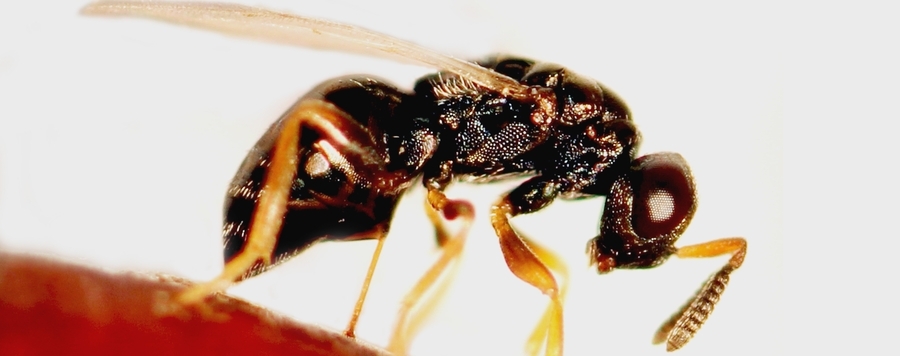
Why and how sex pheromones diversify: lessons from Nasonia
Sex pheromones may play an important role in the reproductive isolation of species, but the evolutionary forces driving the diversification of sex pheromones and the underlying molecular mechanisms are not well understood. Males of all species in the parasitoid wasp genus Nasonia release a two-component sex pheromone to attract females. Nasonia vitripennis (Nv) is the only species in the genus to have evolved a third pheromone component by inverting the stereochemistry of an ancestral one. The more complex pheromone enables Nv females to avoid costly mismating with males of closely related species. Behavioral, molecular and biochemical data will be presented explaining why Nv has modified its sexual communication system and unraveling the genes and enzymes involved.





